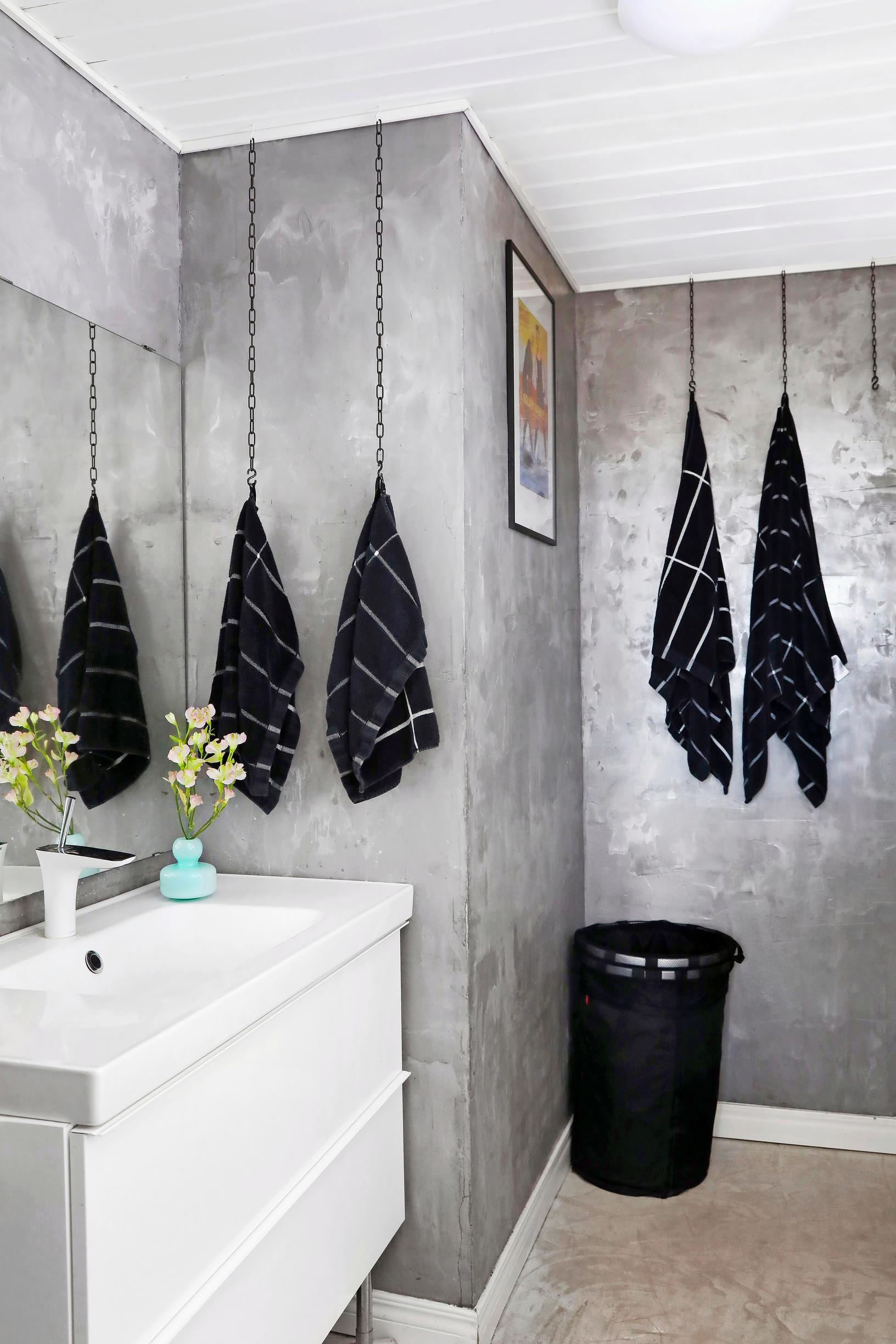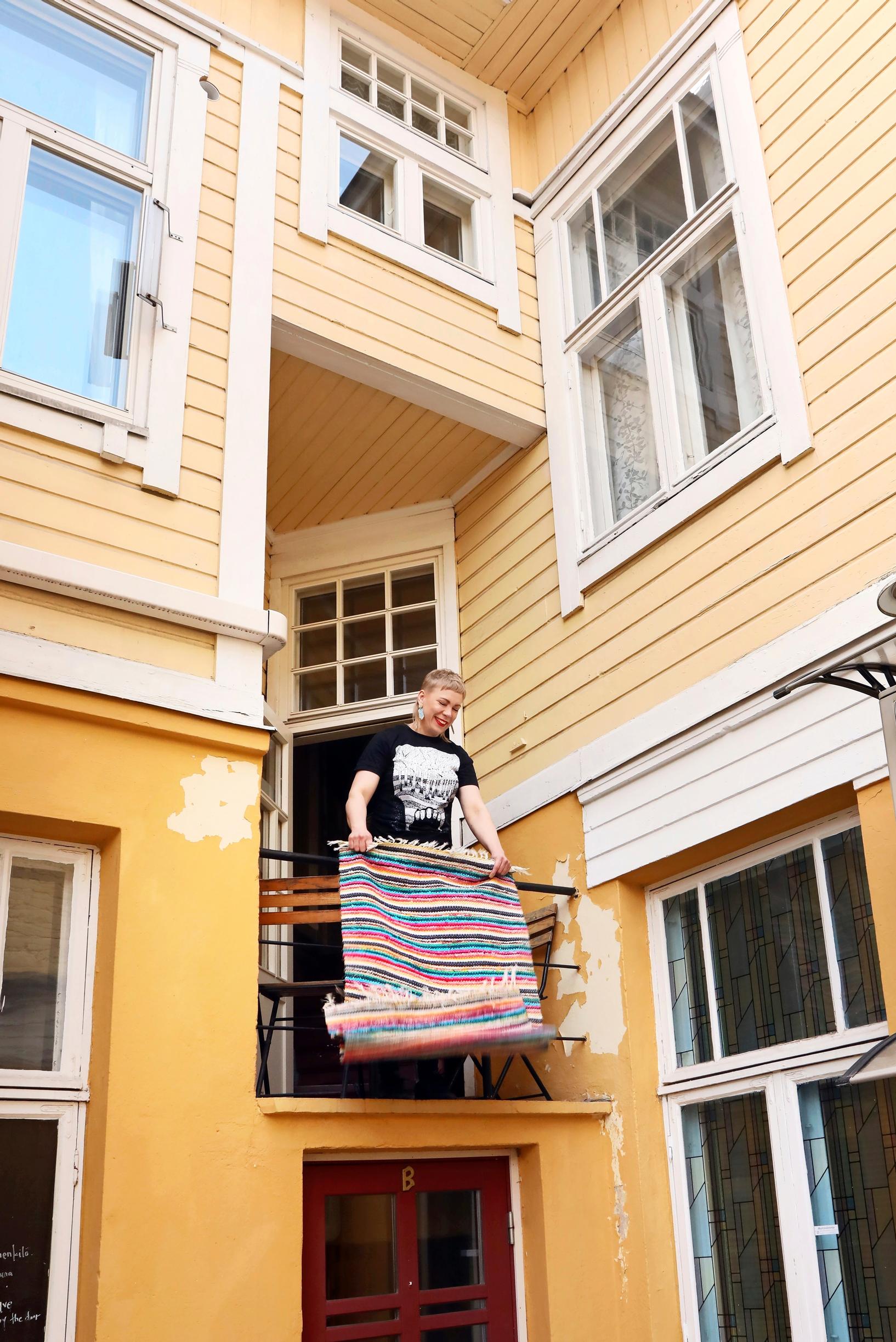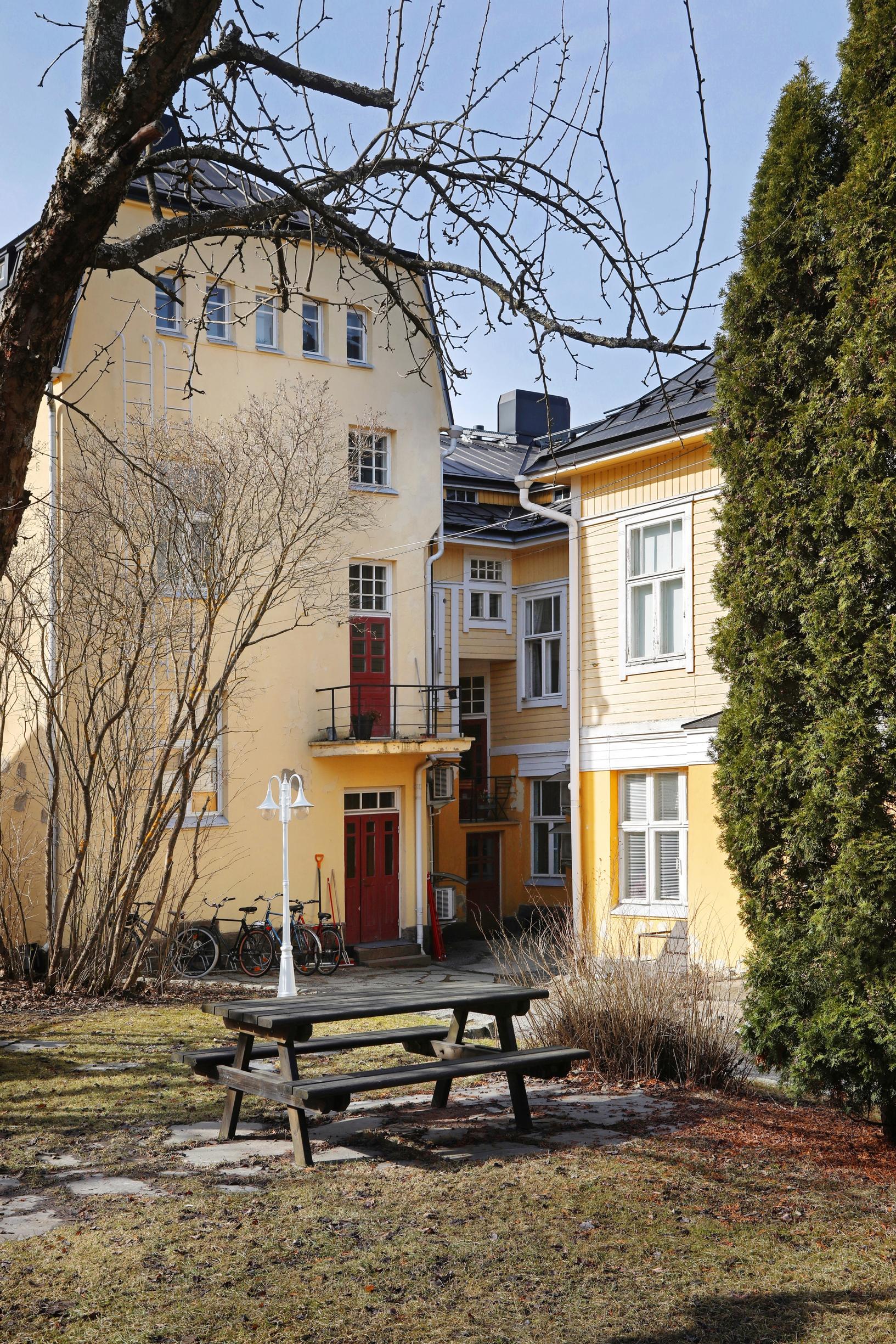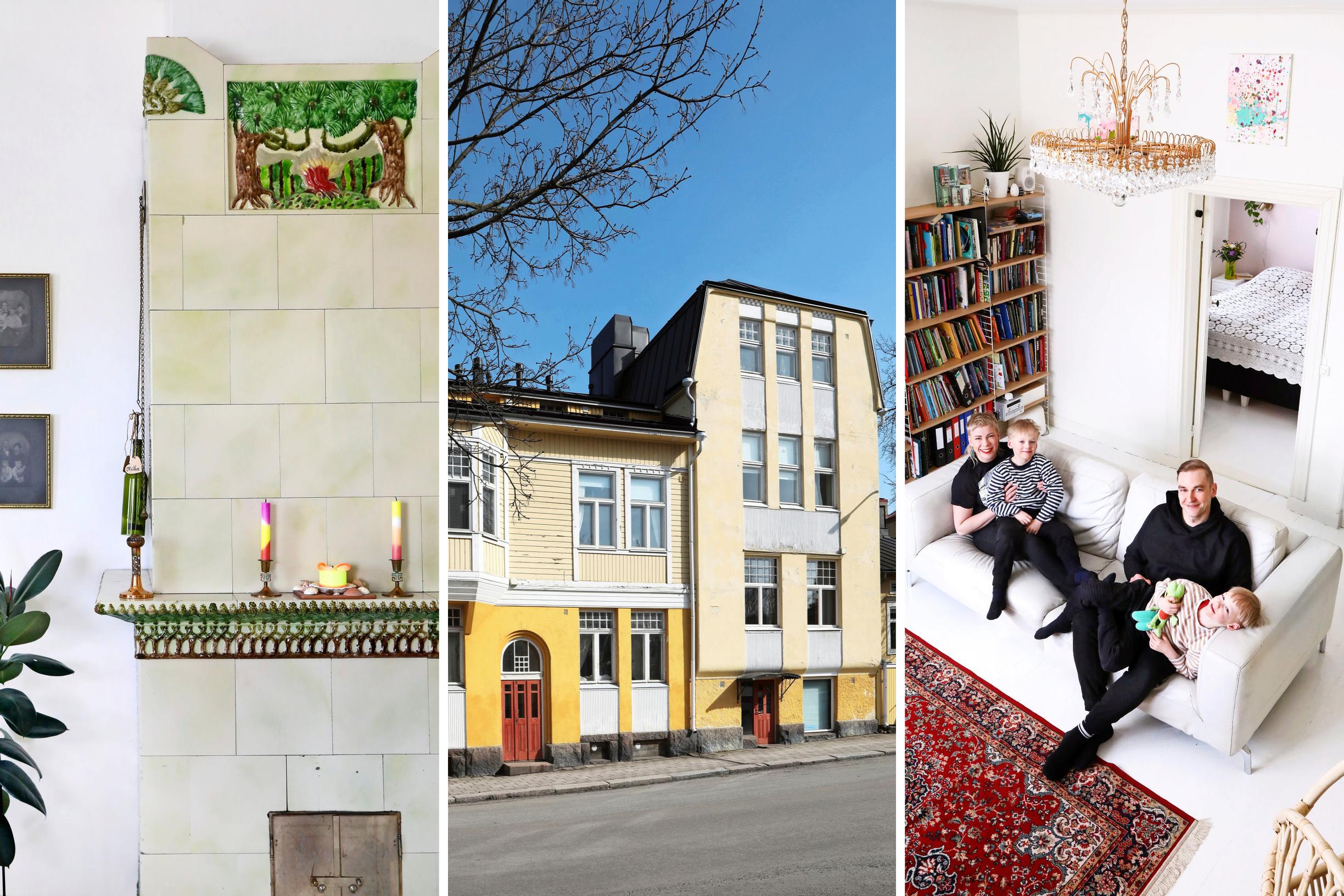
An old paper merchant’s apartment felt small, but its tiled stoves and bright bay window charmed Riika and Mikko—then they found extra space in the attic
“The tiled stoves are our main source of heat.” Built in 1912 by merchant Saarento, this house is one of Turku’s Port Arthur landmarks and has exactly the kind of soulfulness Riika and Mikko were looking for.
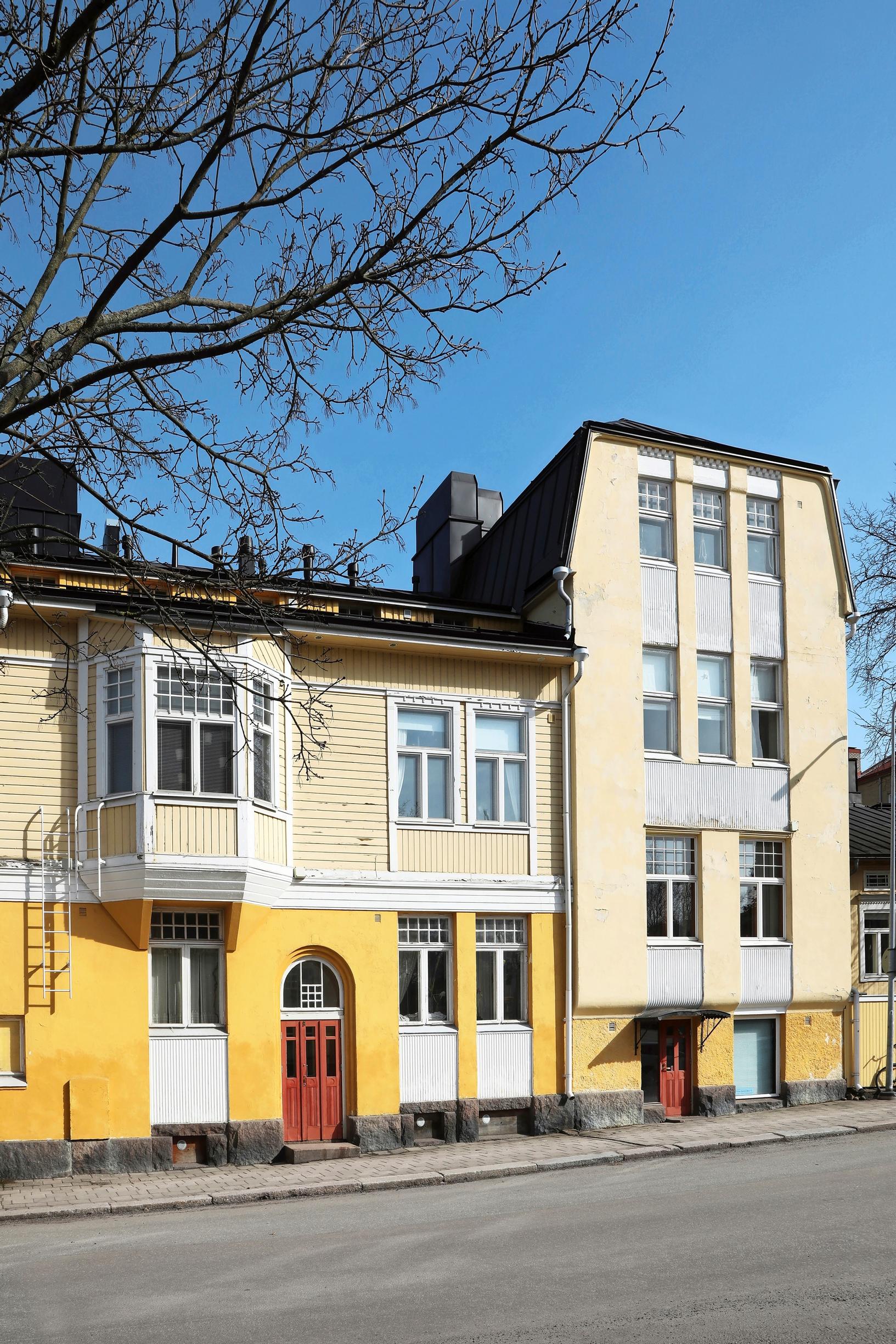
It’s early September 1923 in Turku’s Port Arthur. The clock has just struck five, and merchant Saarento closes his paper shop after a busy day. Many young students came in to buy new school supplies. Mrs. Vieno Petäjä, who does typewriter work in the shop, left just moments ago. Next door, the barber has already gone home. Meanwhile, in the neighboring commercial space, the barber Wilmi still appears to be serving customers.
When the shop’s doorbell rings, Nöpö the cat, belonging to the family’s housekeeper, stretches lazily in the display window and then follows the merchant through the back door, into the stairwell, and upstairs. The merchant reminds himself to bring more firewood up for the kitchen’s wood-burning stove and to leave a note for the tenant in apartment number three about their late rent.
At his front door, the man waits in the silence. Perhaps his wife has gone out to buy a new hat. Smiling, he reflects that current hat brims are enormous and those ten-centimeter hatpins downright dangerous! But what would he know about women’s fashion? Best to settle by the tiled stove with his pipe and wait for the housemaid Edith Vuori to finish cooking dinner downstairs.
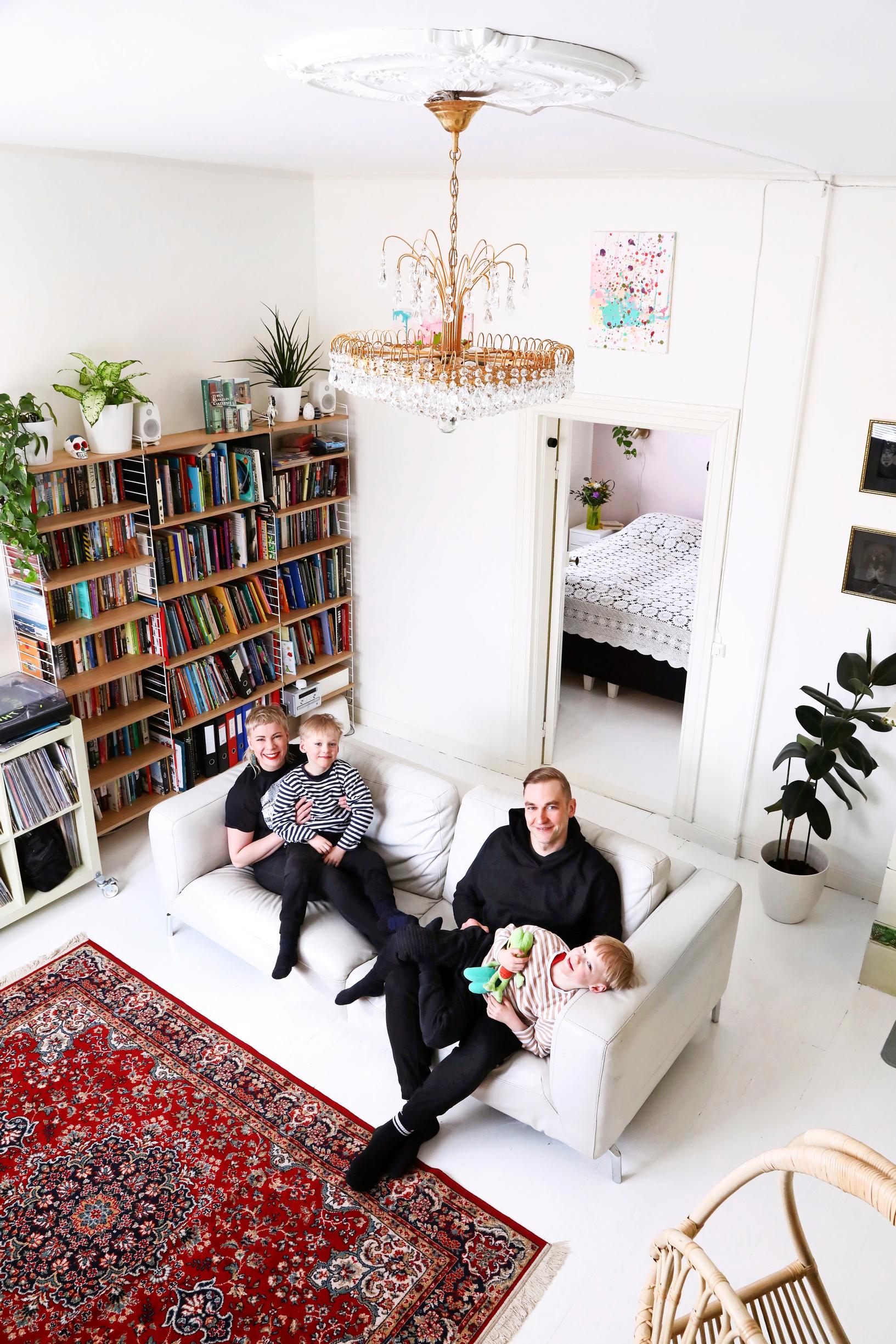
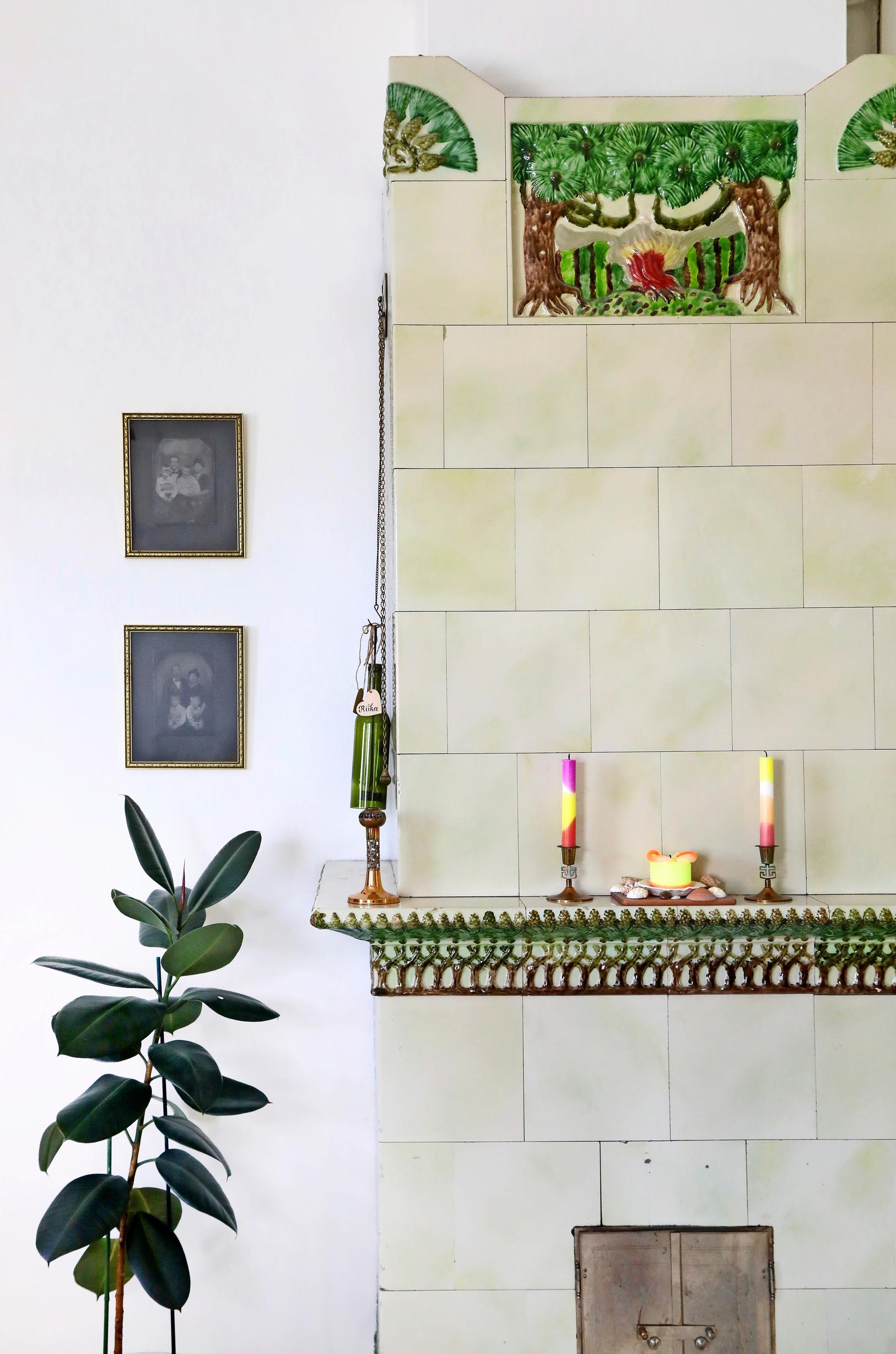
This little scene could be from the first pages of a novel, but it isn’t. These events, lightly sprinkled with imagination, are just a small part of Mikko and Riika Isoviita home’s story. It’s the house where the family found their new home in autumn 2017.
“As our family grew, we needed more space. I had pretty specific criteria for where our new home should be: not across the river or the market square, preferably in the Port Arthur district but not in its deepest reaches. We had tried life in a new apartment building once and realized it wasn’t for us. After dozens of fruitless showings, Mikko called me one Friday and said we needed to check out a place. I was worn out and unwilling, but after some convincing, I went. Thank goodness I did,” Riika says.
That apartment had exactly the soulfulness and visual flair we were after. When we opened the ornate front door, the brightest surprise came from the bay window in the kitchen, where light poured in. Then we noticed the gorgeous tiled stoves that looked like jewels. It felt a bit small, but maybe the attic could provide some extra space?
“The previous owner had done a thorough renovation, which was a big selling point. I also loved the high ceilings, the open layout, and the smart use of floor space,” Mikko says.
“We asked the realtor what we’d have to do to take the apartment off the market. We got the weekend to think it over, and then we had to sign. A few days later, it was ours,” Riika recalls.
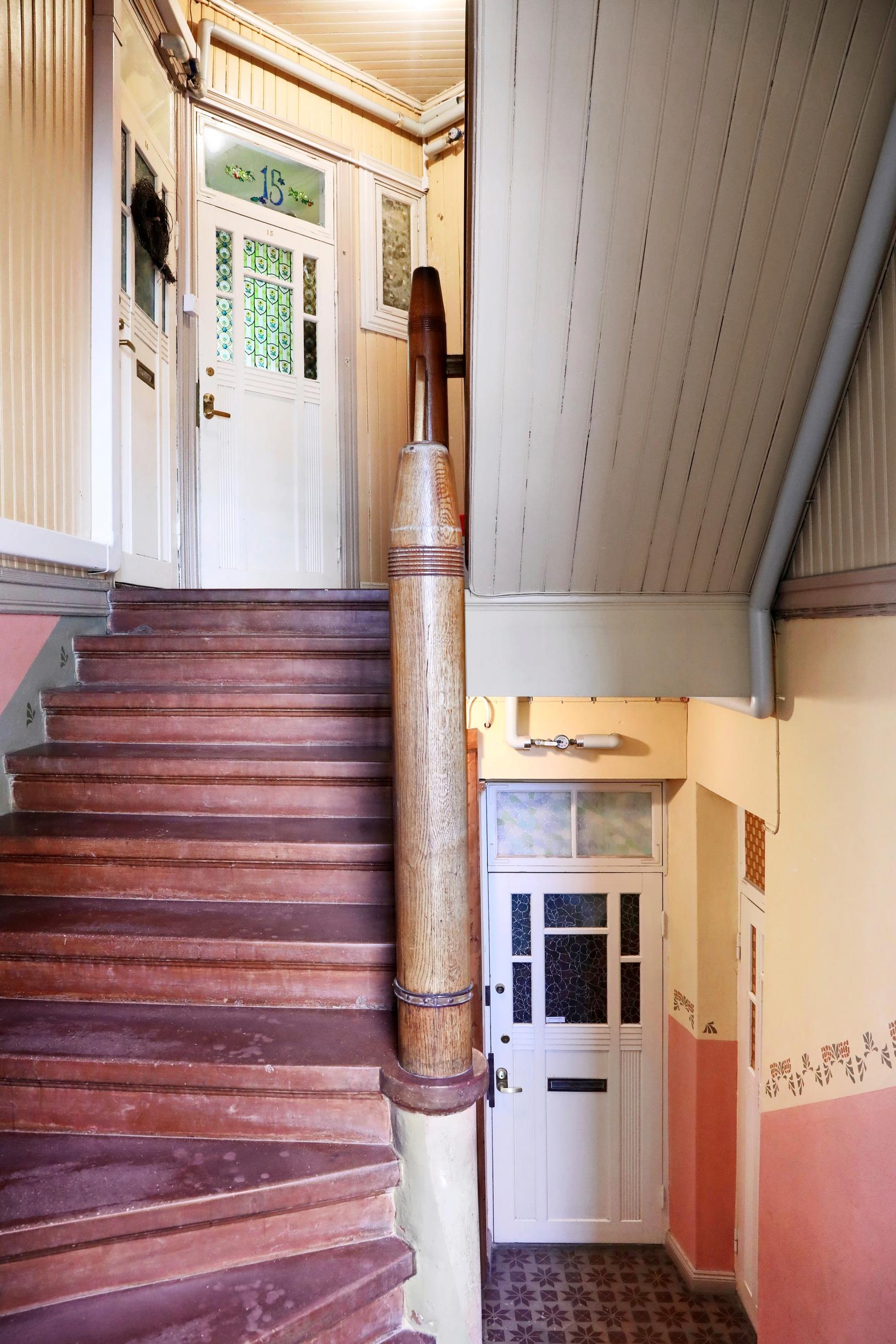
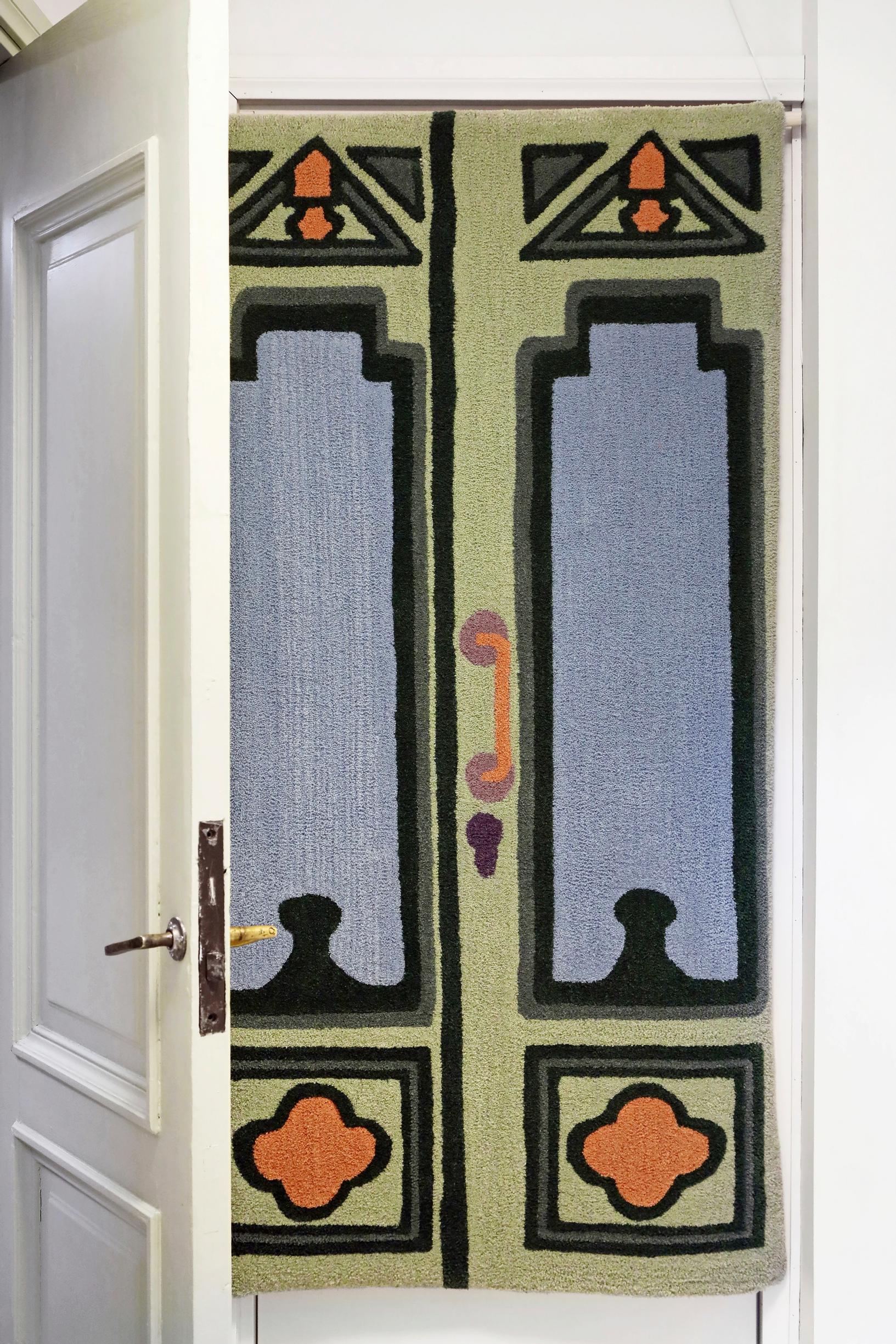
This striking stone building is one of Port Arthur’s standouts. It was designed in 1912 by agronomist Karl Johan Sahlberg, one of the most prolific architects of Turku’s Jugendstil era. Nearly one-fifth of the buildings in Port Arthur are his work.
Before moving to Turku, Sahlberg spent eleven years in Chicago at the end of the 19th century, working as a draftsman. Chicago was a major hub of modern architecture, and it clearly left its mark on the designs he later brought to Finland.
The project, which included a corner building and a taller stone section, was commissioned by merchant Karl Johan Saarento. There were apartments on the upper floors, and space for four shops downstairs. Saarento’s own paper shop occupied one of these spaces, and his home was in the stone section upstairs—precisely where the Isoviita family lives now.
After Karl Johan, his son Aaro Saarento took over the store, which reportedly remained open at least until 1961, the year Aaro passed away.
Many longtime residents still remember buying stickers, colored pencils, and other paper products there. Some families were so short on funds that they would purchase even graph paper one sheet at a time. The merchant also rented out handcarts in the yard, which were in high demand back then.
The oldest memories date back to wartime, when no lights were supposed to show from the windows. But every Christmas, Saarento’s shop window featured a lovely, softly lit display. Children especially loved going to see it. They also adored Nöpö the cat, belonging to helper Edith Vuori, who was often sleeping among the goods in the display window. Sometimes it dozed on a stack of wrapping paper. According to Uusi Aura newspaper ads from the 1920s and ’30s, the shop also sold single issues of that paper, wallpaper, cork and coir mats, Christmas decorations, and toys.
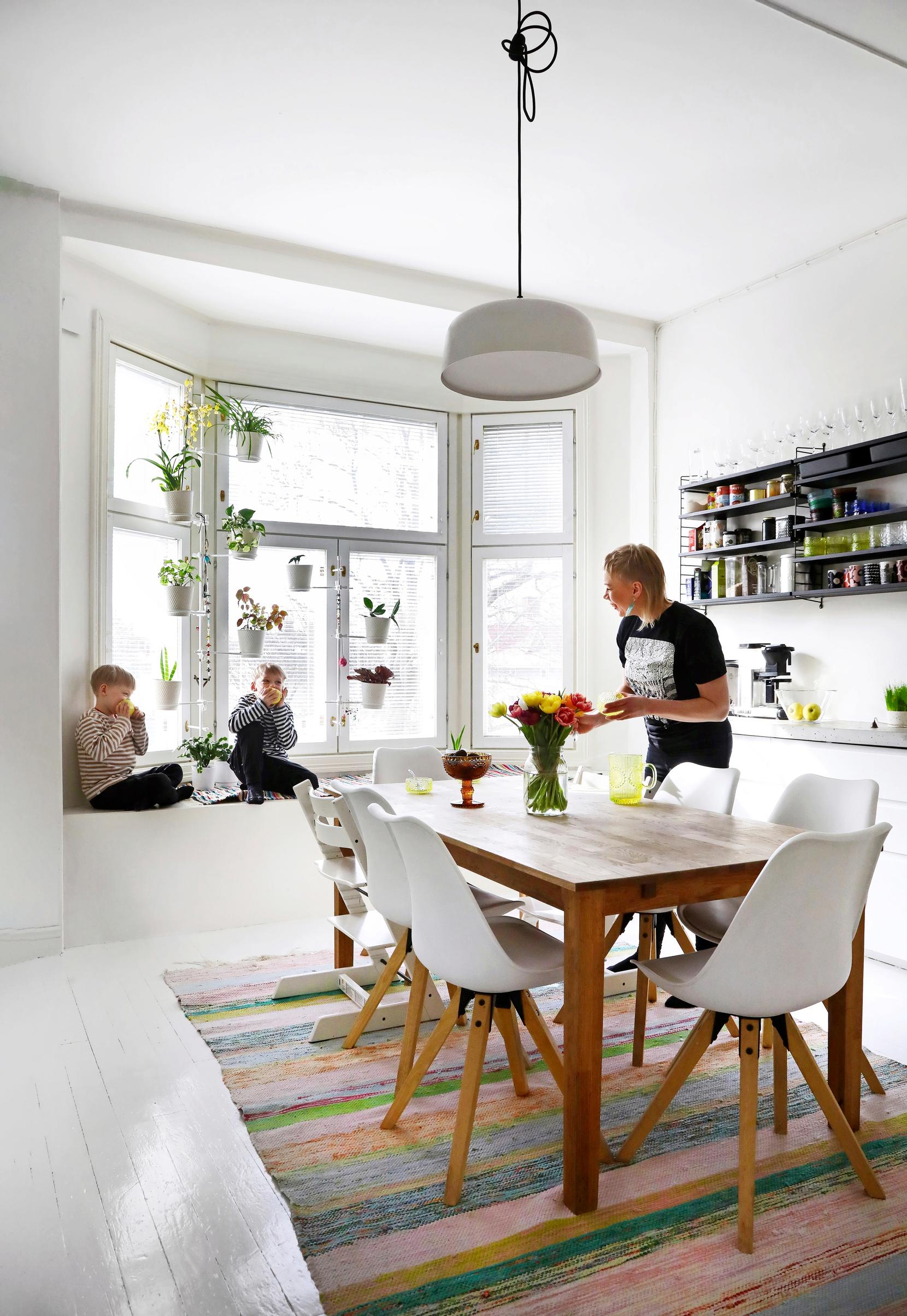
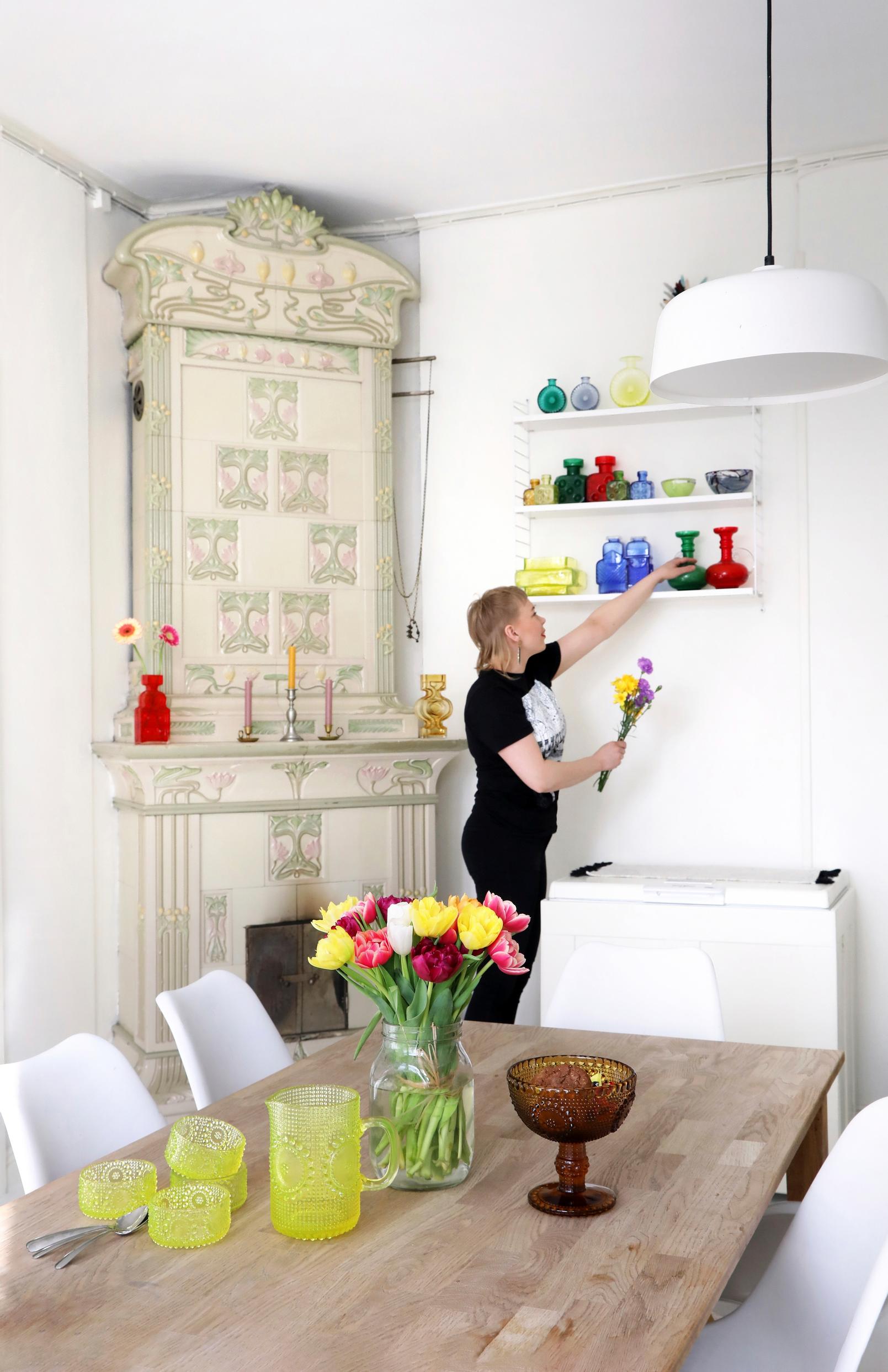
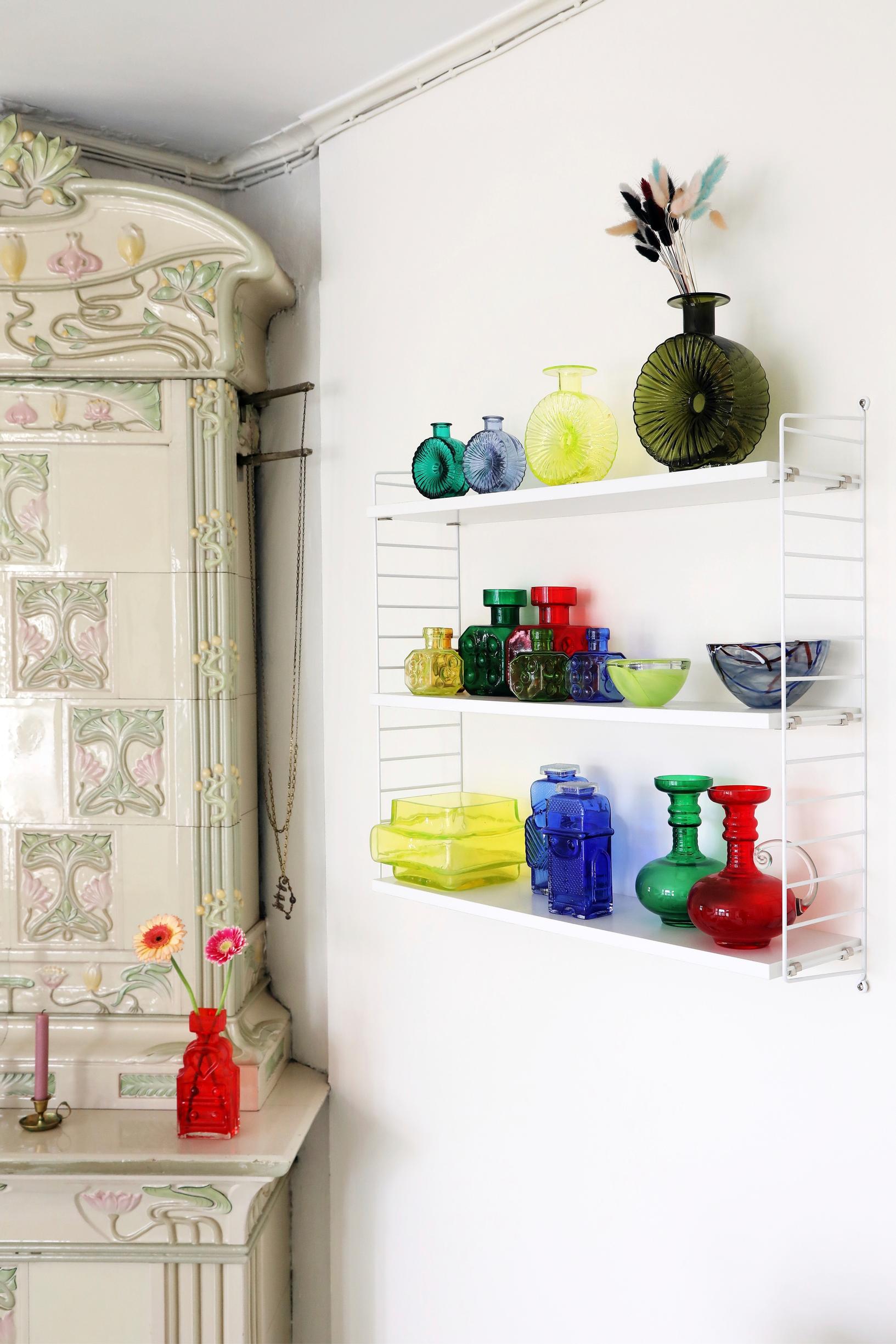
Back to the present day. Mikko and Riika moved in with their twin sons and immediately started planning to convert the attic into living space.
“First, we had to clear the 30-square-meter unheated attic of all the junk that had built up over decades, plus the attic storage rooms and thick insulation. We used a vacuum truck, but its hose kept getting clogged with old shredded newspaper—which is no surprise in a paper merchant’s attic! I ended up shoveling dozens of bags by hand. Once it was empty, I sat there taking it all in and sketching ideas. Then the architect took over. The design process and permit hurdles took almost five years, but once that was done, professionals completed the actual build in just over half a year,” Mikko says.
The stairs were a particular challenge—they had to be attractive and airy, but also safe. Sorting that out, plus the new permits, took eight months.
Once the upstairs, intended as the twins’ space, was complete, it seemed like a good time to refresh downstairs, too. Riika and Mikko wanted to showcase the home and its unique details even more.
We wanted to make the magnificent tiled stoves stand out with the right color choices.
Most of the original paneled doors were still around, and the rest were found in salvage shops. Mikko’s father, a skilled carpenter, handled the artisan work of extending and trimming doors and frames to fit.
Choosing the right colors was key to highlighting the stunning tiled stoves.
“A friend recommended Farrow & Ball paints, which shift in hue depending on the light. We first painted a dark gray living room wall in the color Cooking Apple Green. It turned out so well that we used it in other rooms too. I went to a shop called Sarokas with my color ideas, wanting the stoves and high ceilings to really shine,” Riika says.
The store’s interior design consultant Annakaisa Sarokas worked out matched color schemes for every surface, moldings included. Except for the kitchen, each room got its own accent wall echoing the tiles’ colors, while the remaining walls were painted white in various shades and finishes.
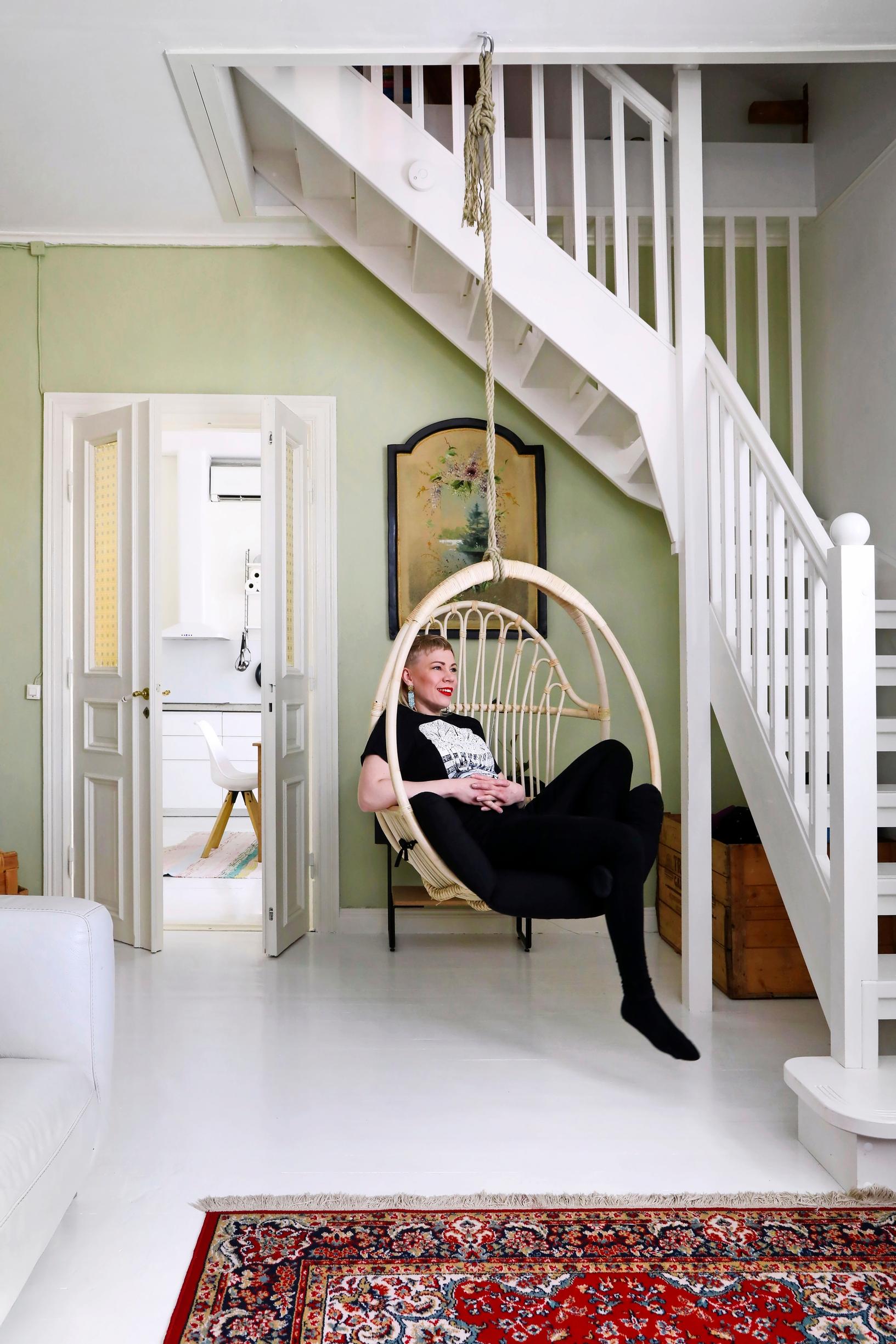
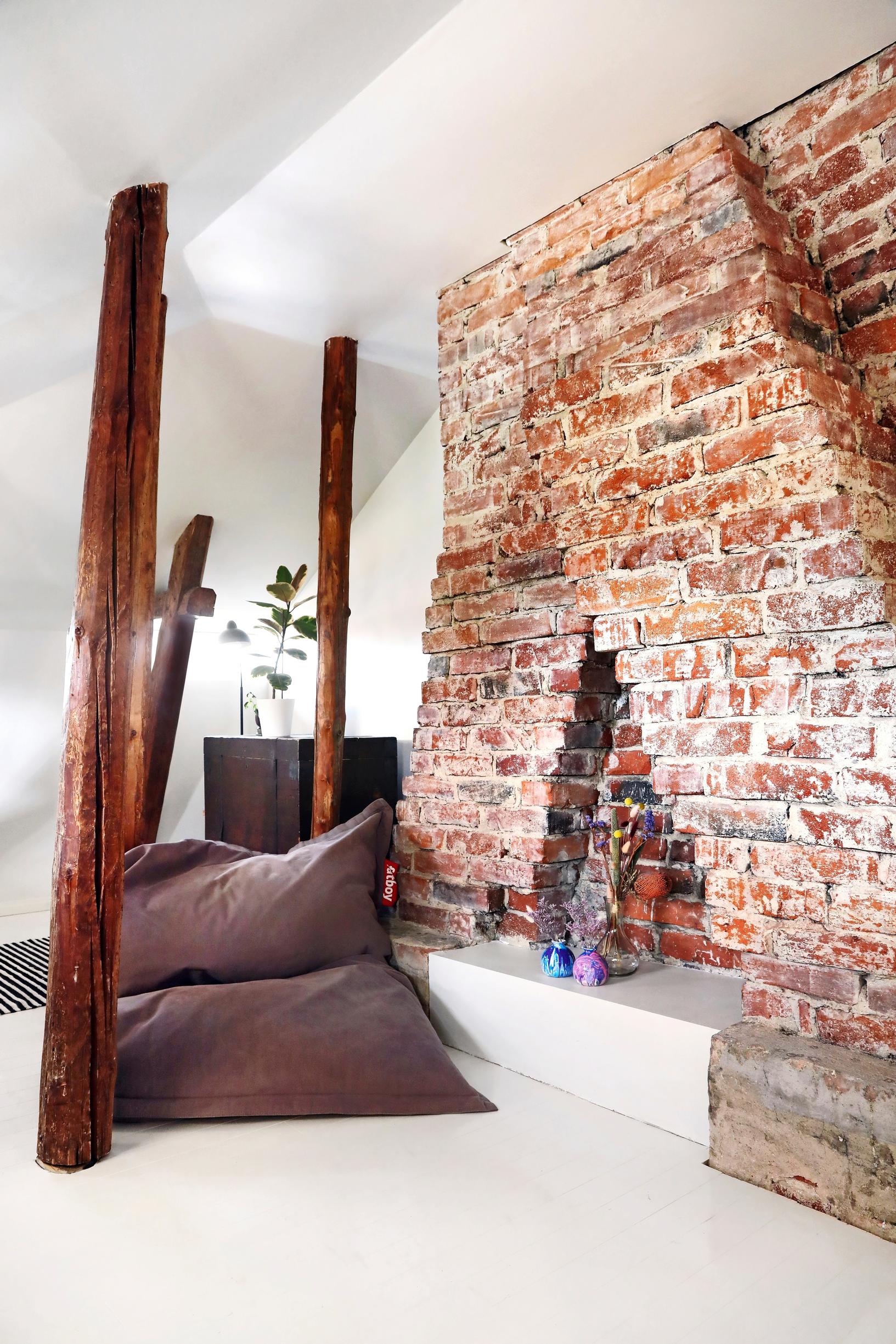
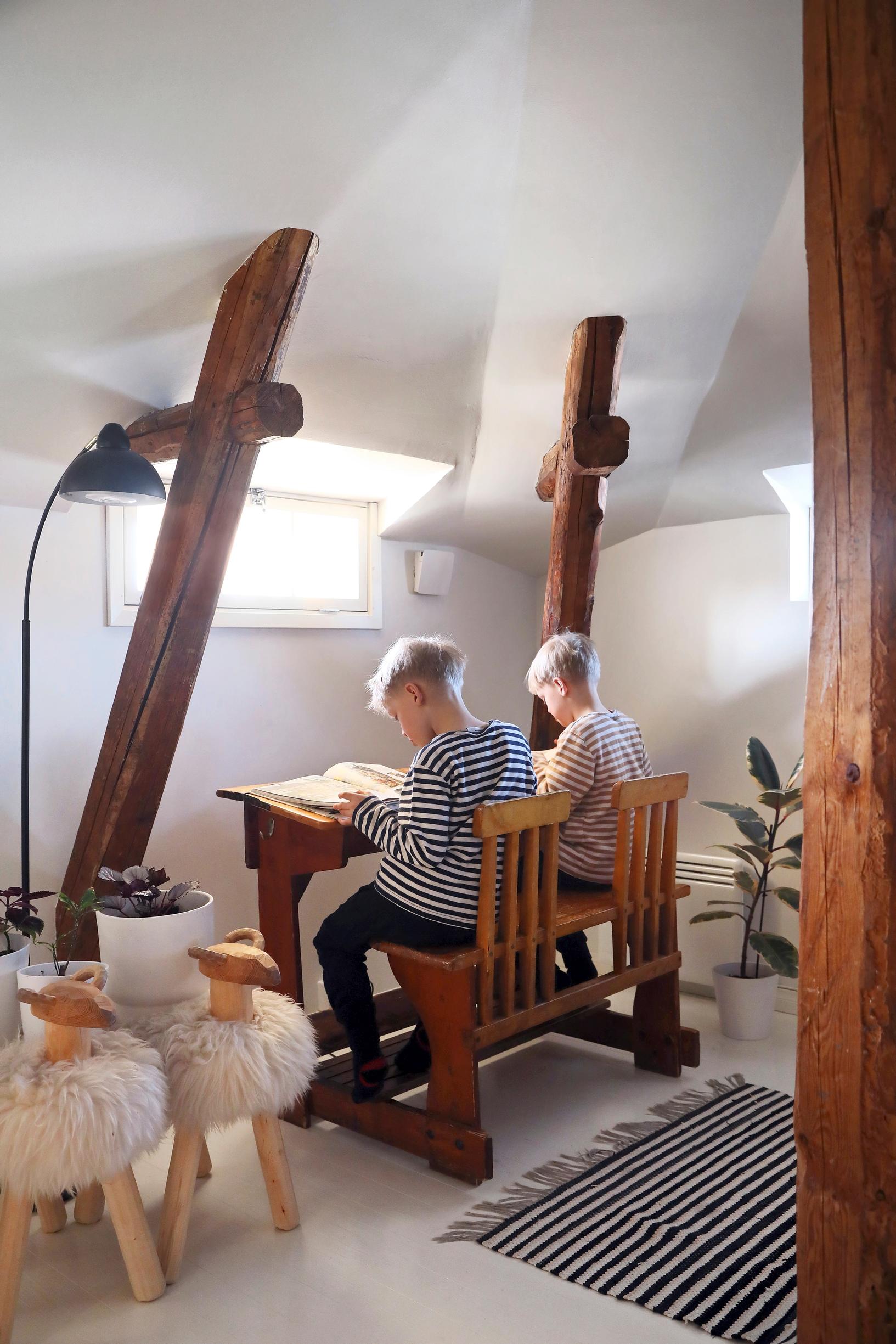
Before finding this place, the family rented a brand-new apartment as a temporary fix, furnishing it all at once in a hurry. That no longer felt right in an older home.
They took time to settle in and discover what would really suit this particular home. Their furniture and decor arrived gradually, giving the place a layered mood. As a family with kids, there’s rarely time to peruse flea markets, but secondhand items can be bought online when needed. The home also includes several playful ideas like a disguised chest freezer.
“Since all four of us are active in sports, we go through a lot of food. A chest freezer was a must in the kitchen, but how could we put that ugly thing next to our prettiest tiled stove? Our paneled doors inspired a solution. Mikko’s dad built door panels that hide the freezer so it blends right in. The same concept appears in our fun paneled-door rya tapestry,” Riika says.
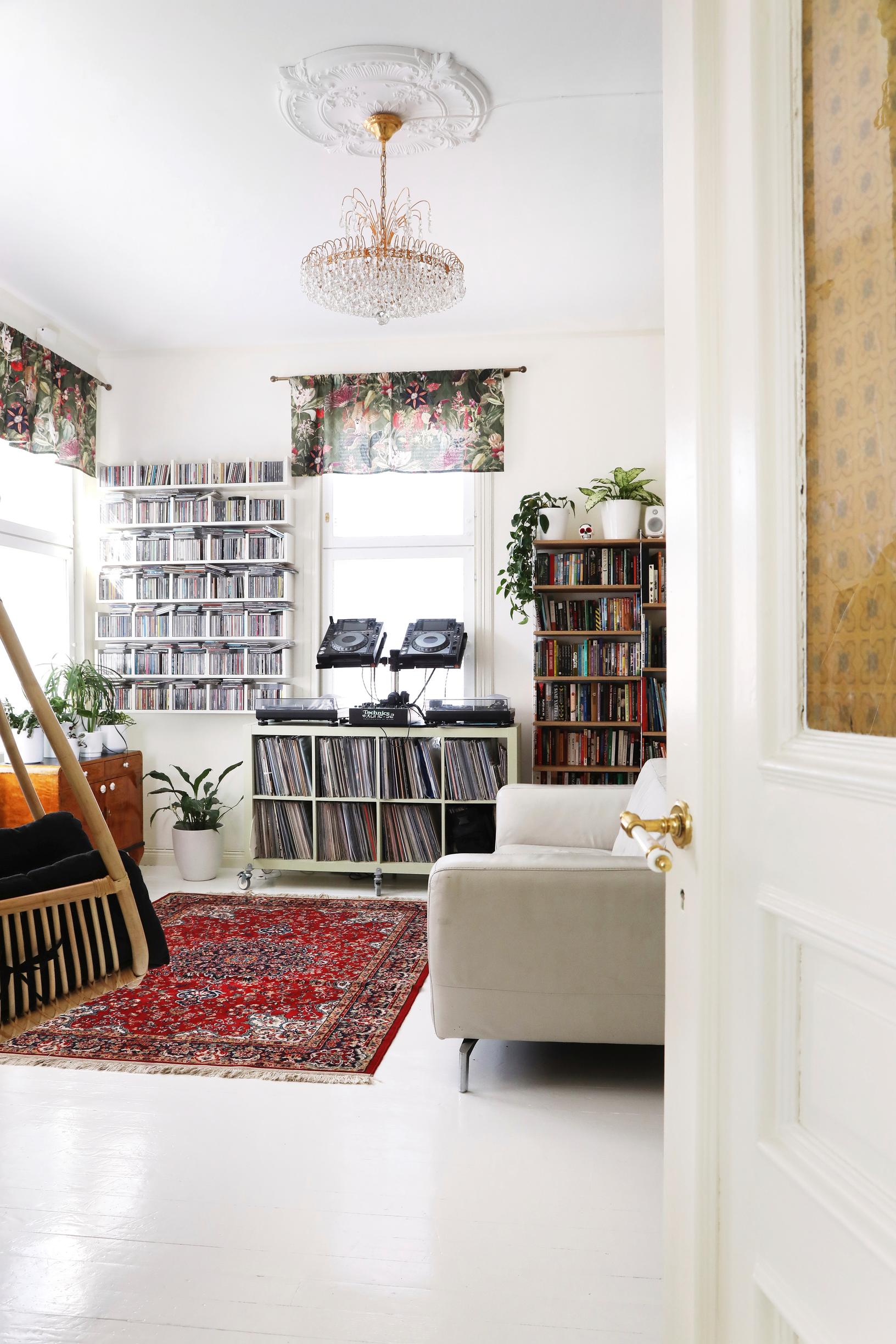
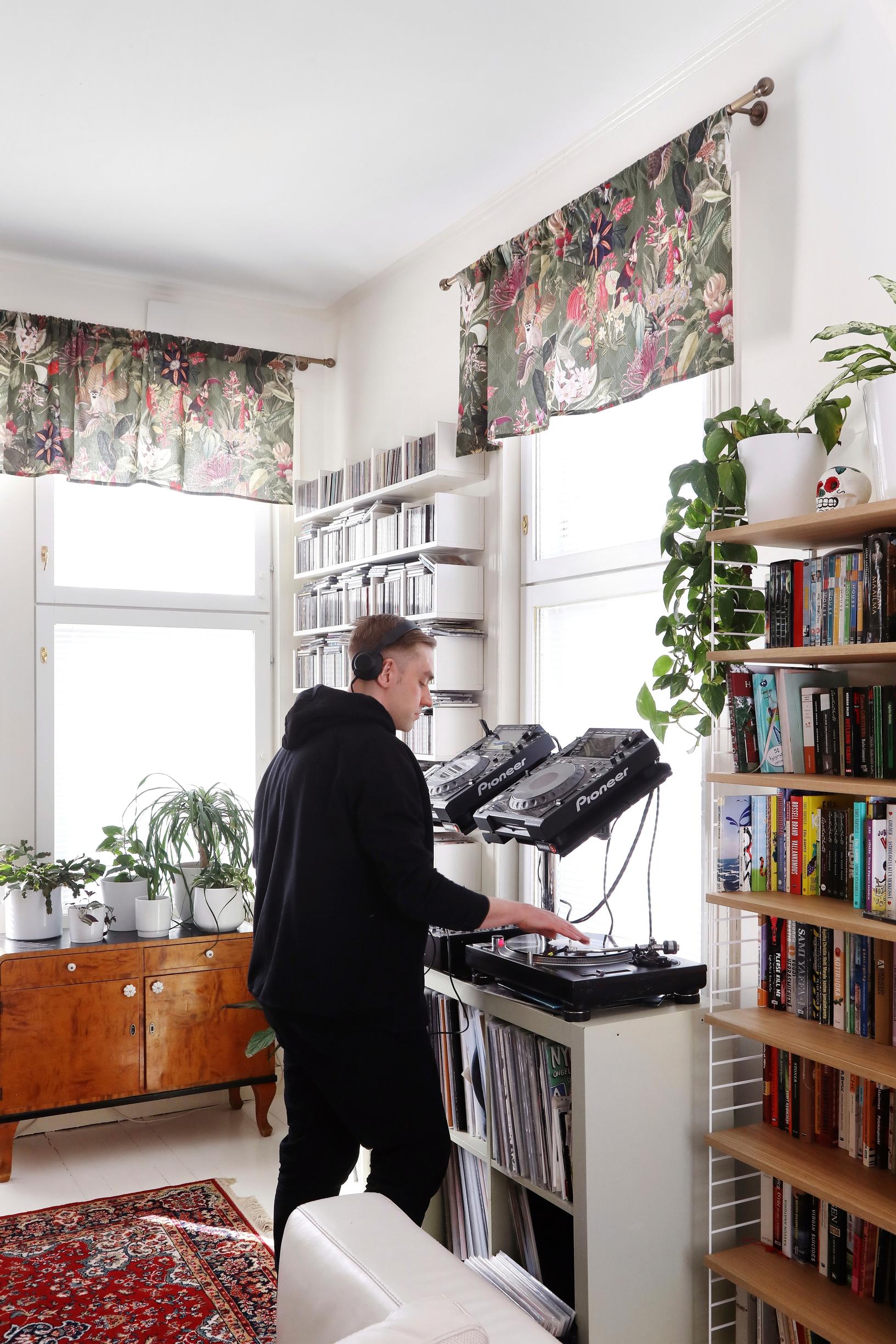
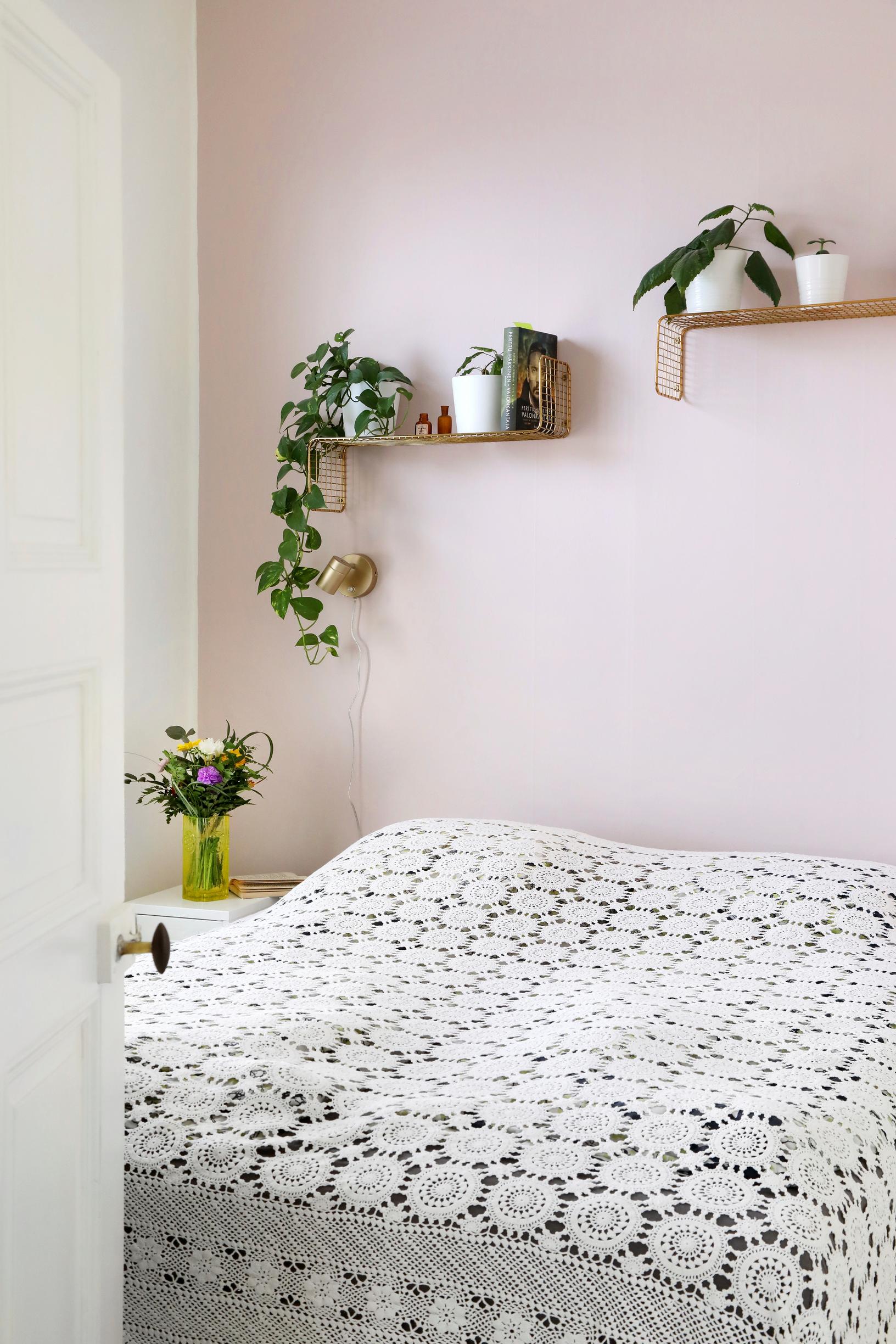
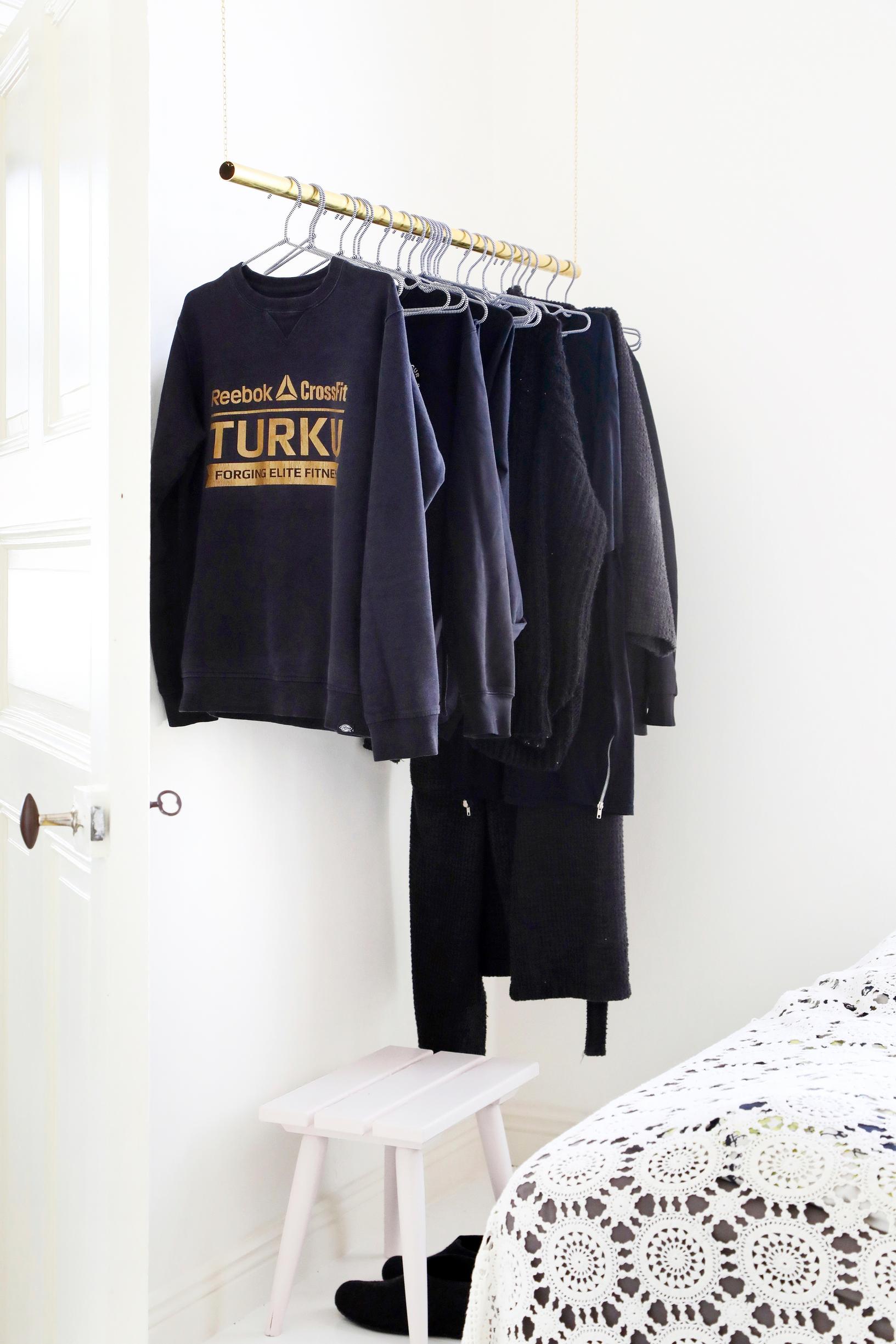
Although the home stands just about in central Turku, the tiled stoves remain the primary heating source, Riika notes.
They keep firewood in the cellar and bring it up into the apartment. Riika especially enjoys lugging the logs and listening to the crackling flames in the stoves. Those stoves are also linked to the apartment’s most unique item.
“One of our neighbors gave us a framed wool piece painted in Jugendstil with flowers and a scenic background. We learned it was an old spark protector that belonged to merchant Saarento. The neighbor discovered it in the old shop space and thought it should come back here. It’s pretty rare; apparently Turku Castle and Louhisaari Manor each have one,” Riika says.
Now that the renovation is over, the family lives a busy but content life near everything they need. Still, Riika has one more dream—collecting traditional houseplants like the ones found in old manor houses.
“This really is our dream city home, and we could easily live here for the next forty years. With those tiled stoves, I doubt we could ever sell it anyway. But maybe someday we’ll find a historic manor for our summer place,” Riika says.
